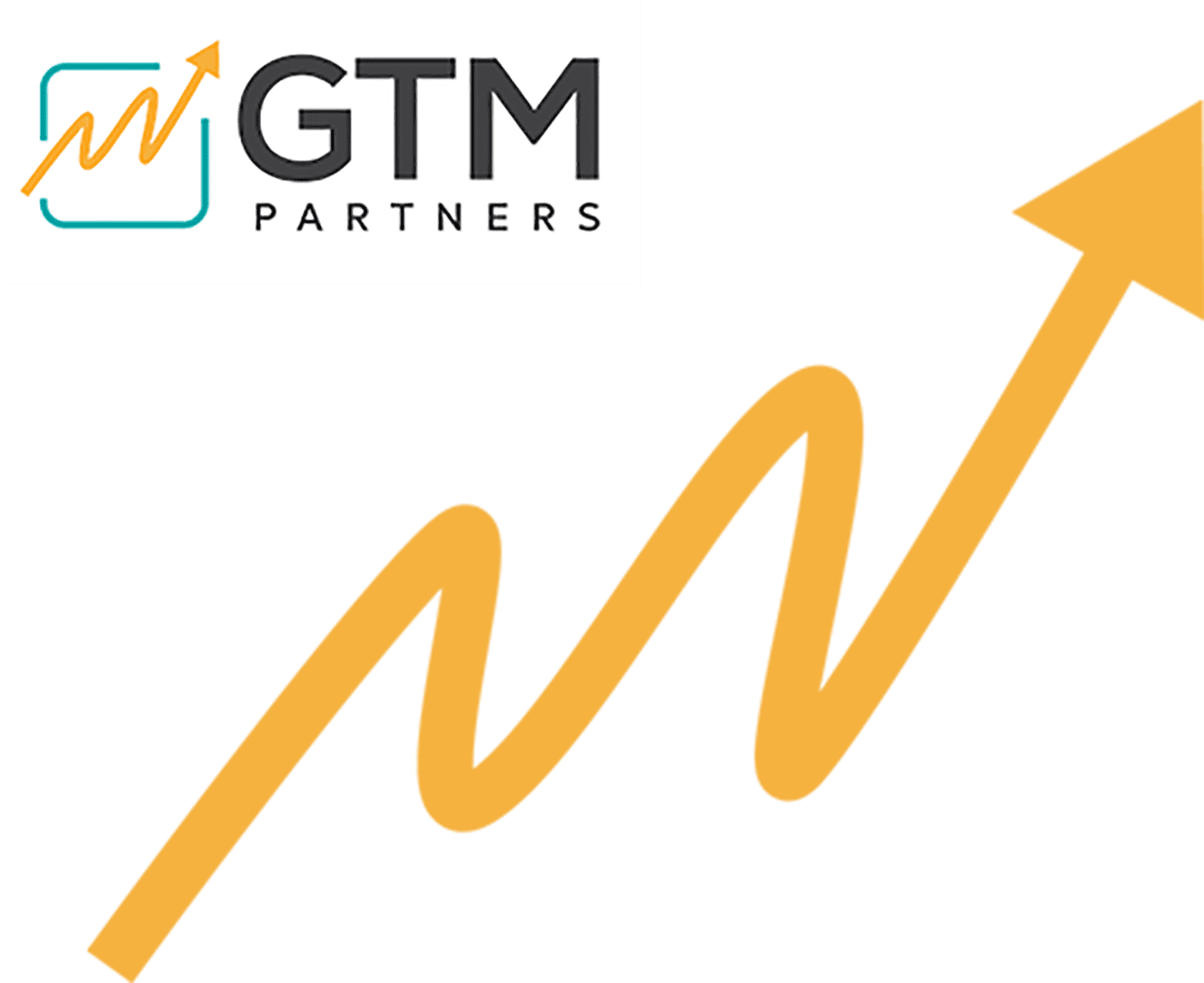PLG and SLG for RevOps: A Mini Guide
- October 27, 2023
PLG and SLG for RevOps: A Mini Guide
In the world of Revenue Operations (RevOps), two growth strategies stand out: Product-Led Growth (PLG) and Sales-Led Growth (SLG). Let’s quickly delve into the essentials of these strategies and their significance for RevOps.
- Product-Led Growth (PLG): PLG focuses on driving growth primarily through product usage. Instead of traditional marketing or sales pitches, PLG leans on the product itself as the main vehicle for customer acquisition, expansion, and retention. This approach encourages free trials or freemium versions to onboard users, betting that the product’s value will push them to become paying customers.
Benefits for RevOps:
- Scalability: With the product doing most of the heavy lifting, scaling becomes less resource-intensive.
- Data Richness: Product usage offers valuable insights into user behaviours, helping refine marketing and sales strategies.
- Sales-Led Growth (SLG): SLG is a more traditional approach where the sales team plays a pivotal role in driving growth. It’s characterised by direct interactions with potential customers, demonstrations, and negotiations.
Benefits for RevOps:
- Precision: Targeted efforts can be directed towards high-value accounts.
- Relationship Building: Direct interactions foster deeper relationships, ensuring better understanding and serving of customer needs.
In the RevOps framework, striking a balance between PLG and SLG can be key. By integrating insights from both strategies, businesses can drive efficient, sustainable growth. Whether leaning more towards product or sales, a holistic view ensures revenue optimization.



